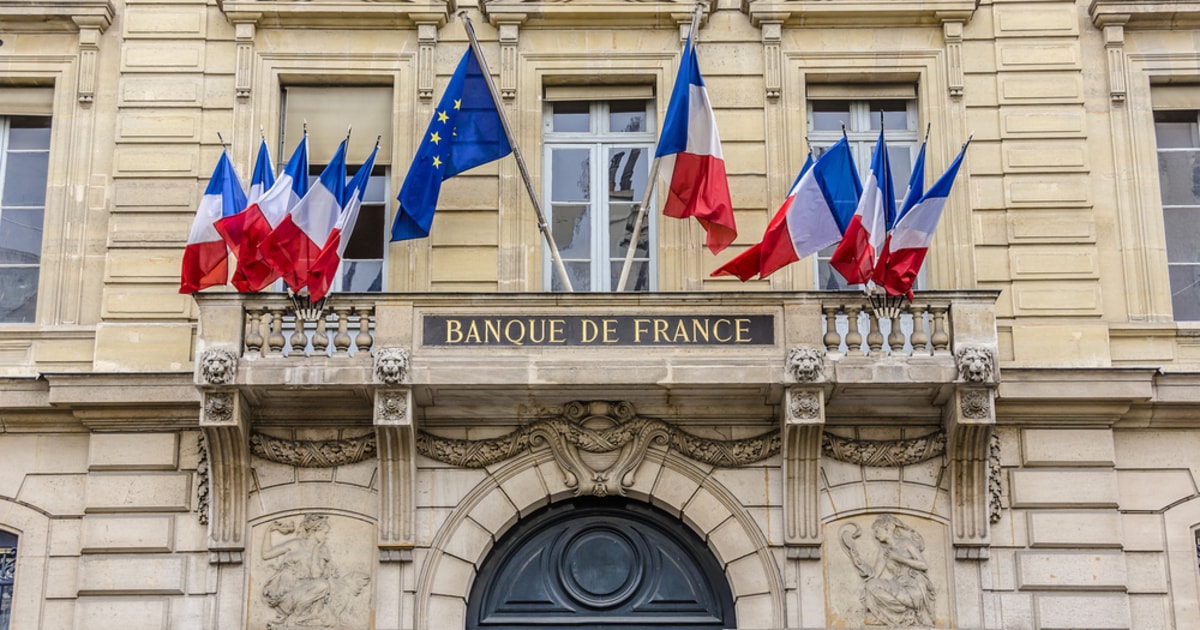Bank of France Conducts CBDC Test to Settle Listed Securities
Godfrey Benjamin Jun 22, 2021 08:45
The French central bank has conducted an experiment involving digital MNBC and the settlement of securities.

The French Central Bank, Banque de France, has completed one of its series of experiments using a central bank digital money (MNBC).

According to the official publication, the experiment targeted settling listed securities and drew SEBA Bank as a partner in the experiment.
Through the experiments, MNBCs were used to simulate the settlement of listed securities and thus trigger their delivery in TARGET2-Securities (T2S). The settlement was based on existing conditional delivery of securities functionality ( T2S Conditional Securities Delivery - CoSD ).
From a technological point of view, the entire experiment to the Bank of France simulates the issuance of MNBC on a public blockchain. This was done to maintain adherence to preserving the control and confidentiality of transactions based on the development and deployment of a dedicated smart contract.
“This experiment has made it possible to demonstrate the possibilities of interactions between conventional infrastructures and distributed infrastructures, and paves the way for other alliances to take advantage of the opportunities offered by financial assets in a blockchain environment,” said Nathalie Aufauvre, Director General of Financial Stability and Operations of the Banque de France.
The pursuit of CBDCs and the associated testing has become commonplace amongst the majority of central banks today. With China taking the lead in developing and testing its Digital Yuan, other major economies, including the United States and Great Britain, are also actively exploring government-backed digital currencies.
Besides SEBA bank, the French Central Bank conducted the latest experiment in line with other partners, including Banque Internationale à Luxembourg and LuxCSD. According to the bank, the discoveries made in these experiments will help the European Central Bank in the broader pursuit of the digital euro.
As Central Banks accelerate development and research into CBDCs, there are growing expectations that new regulations may be introduced to prevent competition from privately issued stablecoins.
Image source: Shutterstock.jpg)

